Introduction
Effective note-taking is key to successful learning, and mind maps offer a powerful way to organize information visually. In this blog, we will introduce 10 exercises using mind maps that can significantly enhance your study skills at various stages of the learning process. These exercises cover everything from preparing for lectures to revising for exams, helping you retain more and study smarter. By mastering these techniques, you can save time, reduce stress, and feel more confident during exams and assignments.
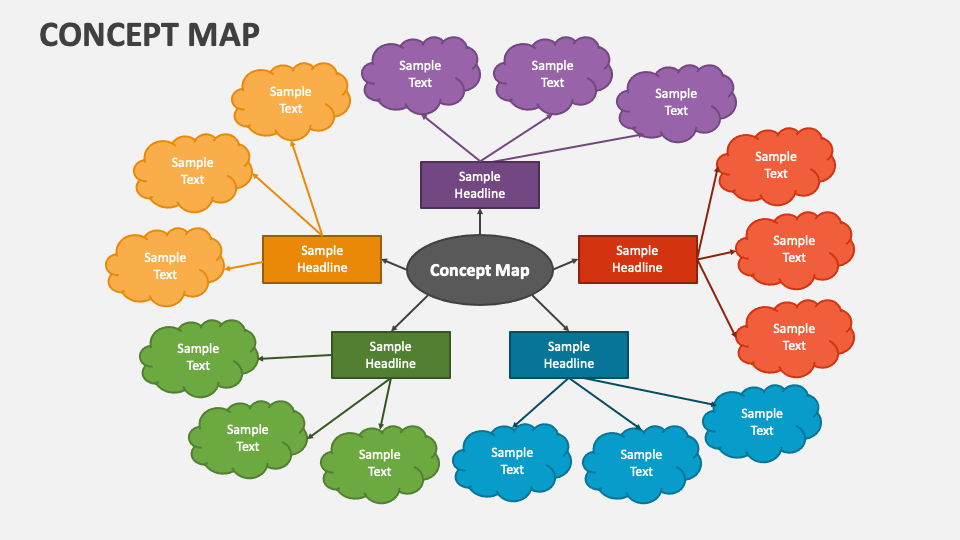 Image from: collidu
Image from: collidu
1. Pre-Class Preparation with Mindmaps
Before attending a class, it’s essential to be prepared. Creating a mind map that outlines the main topics or questions you expect to cover can help you connect new information to what you already know. This proactive approach ensures you are ready to engage actively during the lesson. Pre-class preparation not only enhances your focus but also allows you to anticipate key concepts, which can make note-taking much easier.
Example:
Imagine you’re about to study a chapter on cellular biology. You can create a mind map with branches for “cell structure,” “functions,” and “types of cells” based on your textbook reading. When the lesson starts, you’ll be more focused and better prepared to take notes.
 Image from: mavink.com
Image from: mavink.com
2. Creating Mindmaps During Class
Taking notes while listening to a lecture can be challenging, especially when the teacher speaks quickly. Using mind maps allows you to structure information as you hear it, making it easier to follow the flow of the lecture. Start with the lecture’s main theme at the center and branch out as new points are introduced. Mindmaps help you to avoid the rigid structure of linear notes and give you flexibility to rearrange ideas later.
Tip:
Don’t aim for perfection during the class. It’s more important to capture key concepts in a flexible structure. You can revise and refine the map after class to better understand the material.
After class, it’s important to revisit your notes to reinforce what you’ve learned. A mind map helps you organize the various points and identify relationships between different pieces of information. By revisiting your class notes and reformatting them into a cohesive mind map, you reinforce learning and spot gaps in your understanding that you might not have noticed during the lesson.
Benefit:
This exercise not only enhances memory retention but also clarifies any doubts you may have encountered during the lecture. It also helps in synthesizing information from different lectures if you’re preparing for a final exam or a comprehensive assignment.
Mind maps are excellent tools for collaboration. When studying with a group, each participant can contribute to building a shared mind map. This collaborative exercise encourages diverse perspectives and makes the learning process more dynamic. Group study sessions that use mind maps can also help break down complex topics, as each member adds their unique insights or understanding of the topic.
Example:
If you’re working on a group project about world history, one member might map out key events, while another adds historical figures, and another focuses on dates and timelines. This division of tasks ensures no one is overwhelmed, and everyone benefits from a broader perspective.
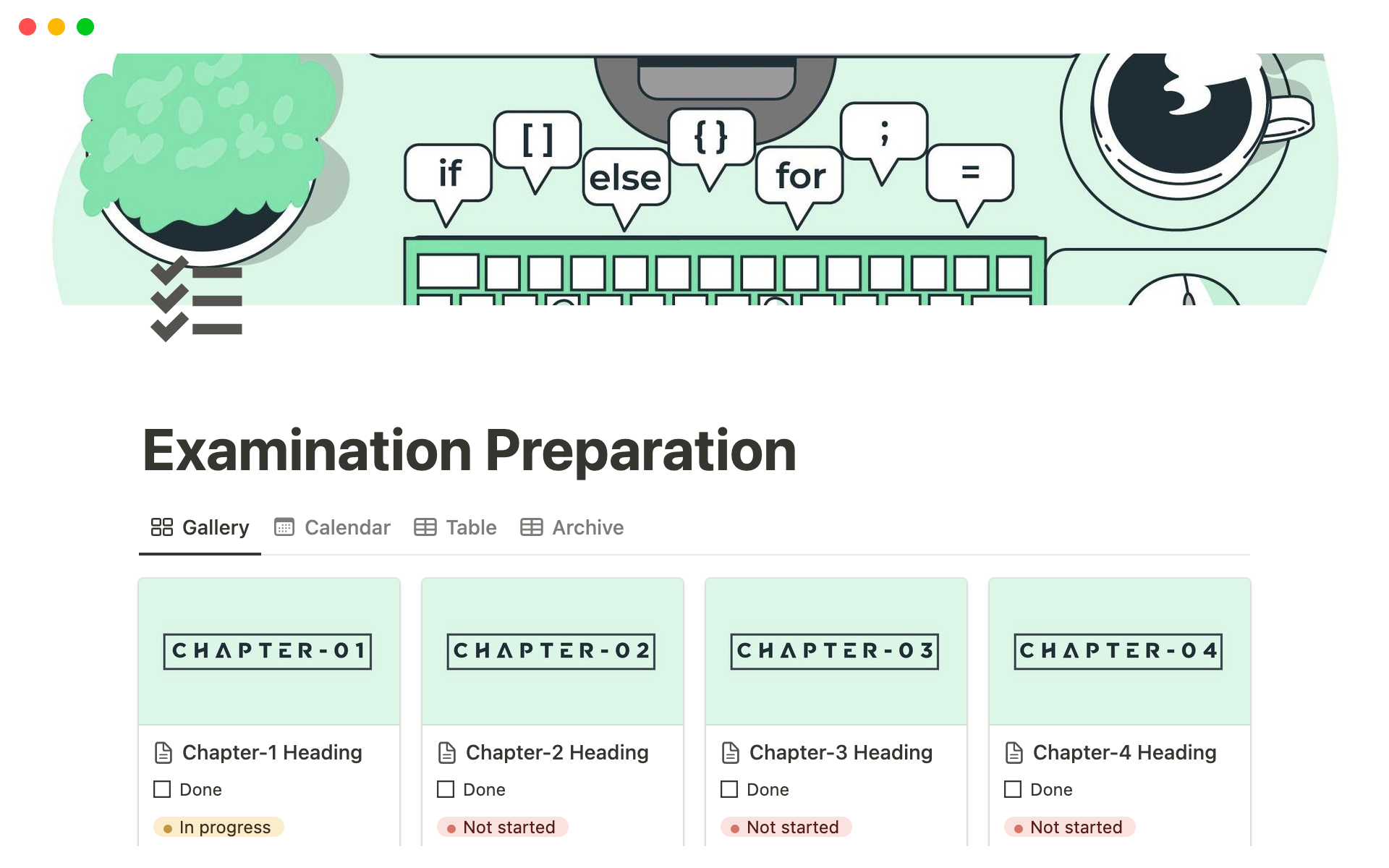 Image from: notion
Image from: notion
5. Mindmaps for Reading Assignments
While reading textbooks or research papers, creating a mind map helps you distill complex information into digestible parts. Break down chapters into their main ideas and create branches for subpoints and details. This method ensures that you grasp the overarching structure of the reading material, rather than getting bogged down in minute details.
Tip:
Highlight keywords and include visual cues like images or color coding to make the map more engaging and easier to remember. This method works particularly well for subjects like literature, where you might need to analyze themes, character development, or plot points.
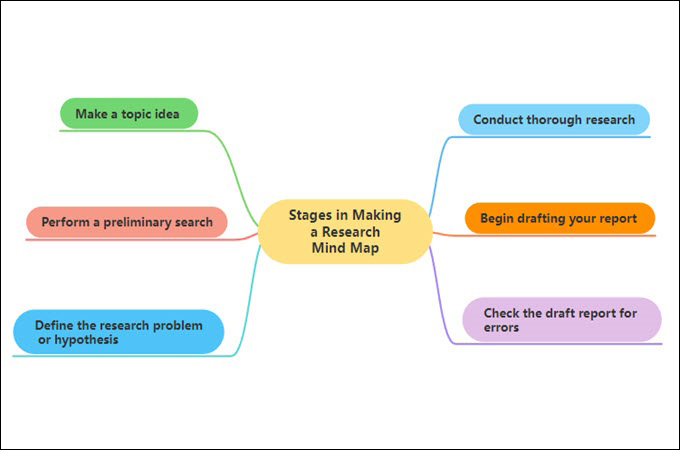 Image from: gitmind
Image from: gitmind
6. Mindmaps for Review and Revision
When it’s time to review for an exam, mind maps can summarize entire chapters or topics. Revisiting your earlier mind maps and expanding them with new insights can make your revision more efficient. Mindmaps are ideal for subjects that involve conceptual relationships, such as history or biology, where linking ideas together strengthens your understanding.
Tip:
Use a different color or shape for branches that represent concepts you find difficult, so you can focus on those areas more during your review. You can even use symbols to denote areas that require extra attention, such as an asterisk (*) for challenging topics.
 Image from: pinterest
Image from: pinterest
7. Mindmaps for Practice Problems
For subjects that require problem-solving, like math or physics, mind maps can serve as a way to organize different types of problems and their respective methods of solving them. You can create branches for “equations,” “formulas,” and “common mistakes to avoid.” This visual guide simplifies your study process, helping you recognize patterns in problems and their solutions.
Benefit:
By practicing with mind maps, you develop a systematic approach to solving similar problems during exams, which can reduce anxiety and improve problem-solving speed.
8. Mindmaps for Exam Preparation
Preparing for exams can be overwhelming, but mind maps allow you to create a big-picture view of all the topics you need to cover. Prioritize topics based on difficulty and allocate study time accordingly. This approach prevents you from spending too much time on topics you already know well, allowing you to focus on areas that need more attention.
Benefit:
For a biology exam, create a map with branches like “genetics,” “evolution,” “cell division,” and “photosynthesis.” Under each branch, add key concepts or questions you need to focus on. Additionally, linking these branches to potential essay questions or problems you expect in the exam can make your study sessions more targeted.
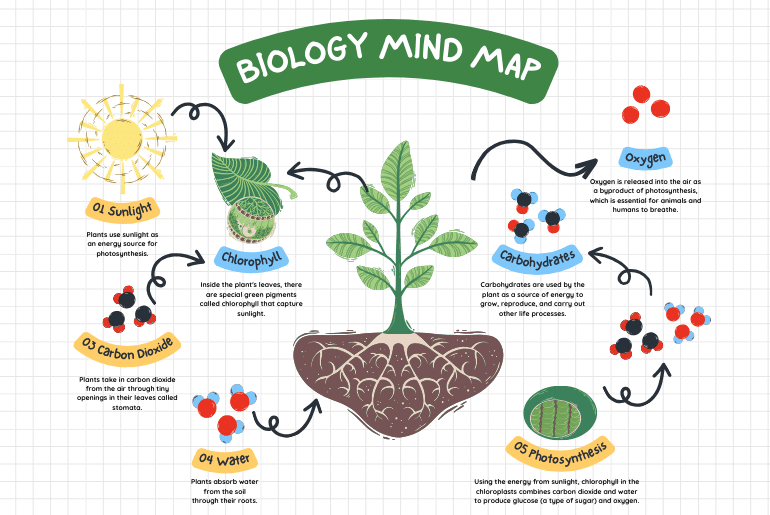 Image from: mindomo.com
Image from: mindomo.com
Mind maps are especially useful for visual learners who benefit from seeing how information is connected. By using images, colors, and symbols, you can make your notes more engaging and easier to recall during exams. This method works well for subjects that involve processes, systems, or timelines, where visual representation can clarify complex ideas.
Tip:
You can include drawings of processes (e.g., the water cycle or photosynthesis) as part of the map to enhance understanding. Adding icons or symbols for key terms also provides quick visual cues for recalling information during tests.
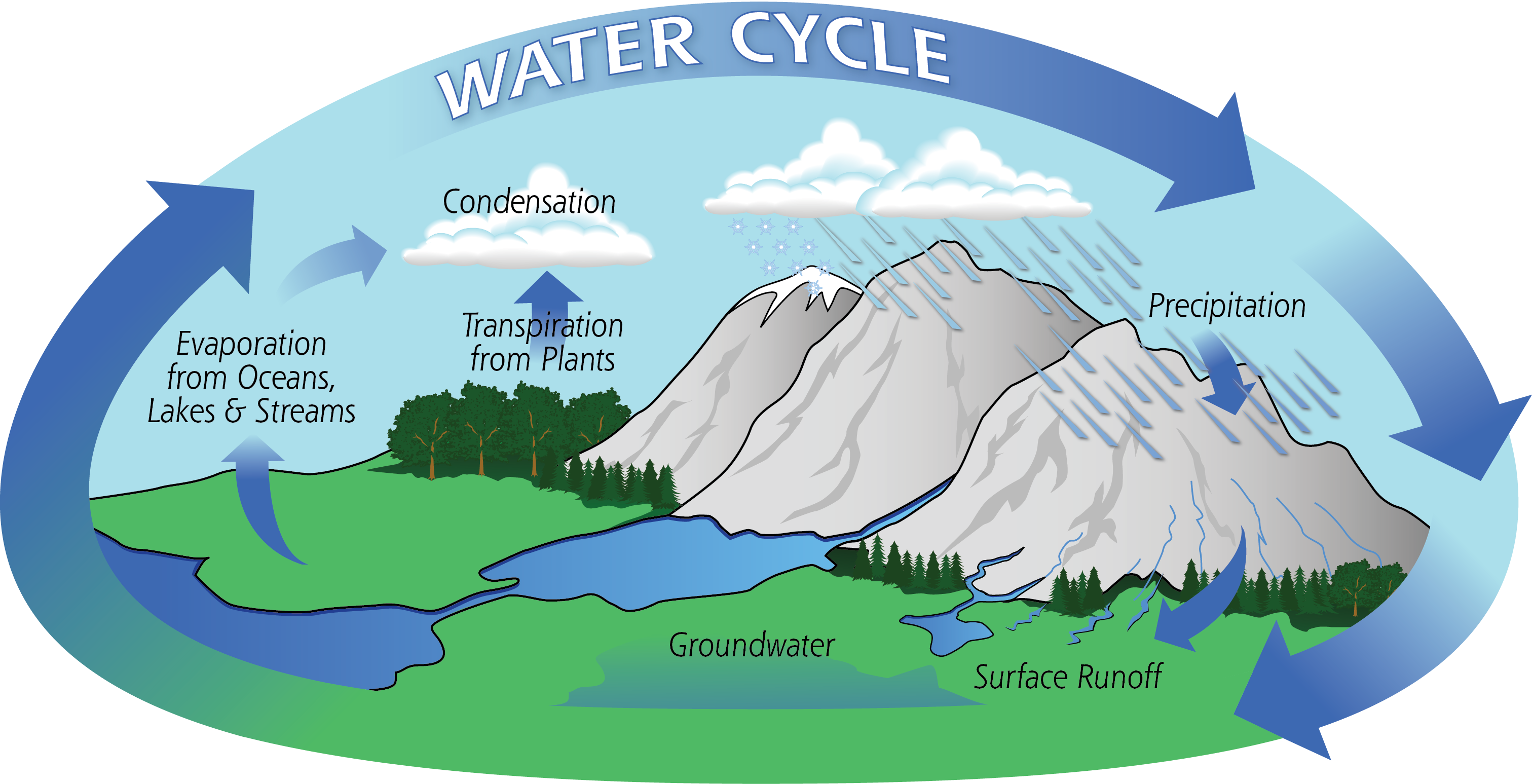 Image from: goconqr.com
Image from: goconqr.com
10. Mindmaps for Reflection After Exams
Once exams are over, reflecting on your performance is a valuable learning exercise. Use mind maps to analyze what went well and what areas need improvement. This reflection process not only helps you understand where you went wrong but also gives you insights into which study techniques worked best for you. By reviewing your mind maps, you can adapt and refine your approach for the next exam season.
Tip:
You can create branches for “topics I mastered” and “topics I struggled with,” then review your notes or seek additional resources for the areas where you had difficulty. This self-evaluation encourages continuous improvement in your study habits.
/prod01/channel_3/media/tcd/disability/academic-support/exam-mind-map.jpg) Image from: tcd.ie
Image from: tcd.ie
Conclusion
Mindmaps offer a versatile and effective approach to note-taking, enhancing your ability to Mind maps are versatile tools that can be used at every stage of the learning process—from preparation to post-exam reflection. By incorporating these 10 exercises into your study routine, you can enhance your note-taking skills and improve your overall learning outcomes. Whether you’re preparing for class or revising for exams, mind maps help you organize information more efficiently and retain it more effectively.
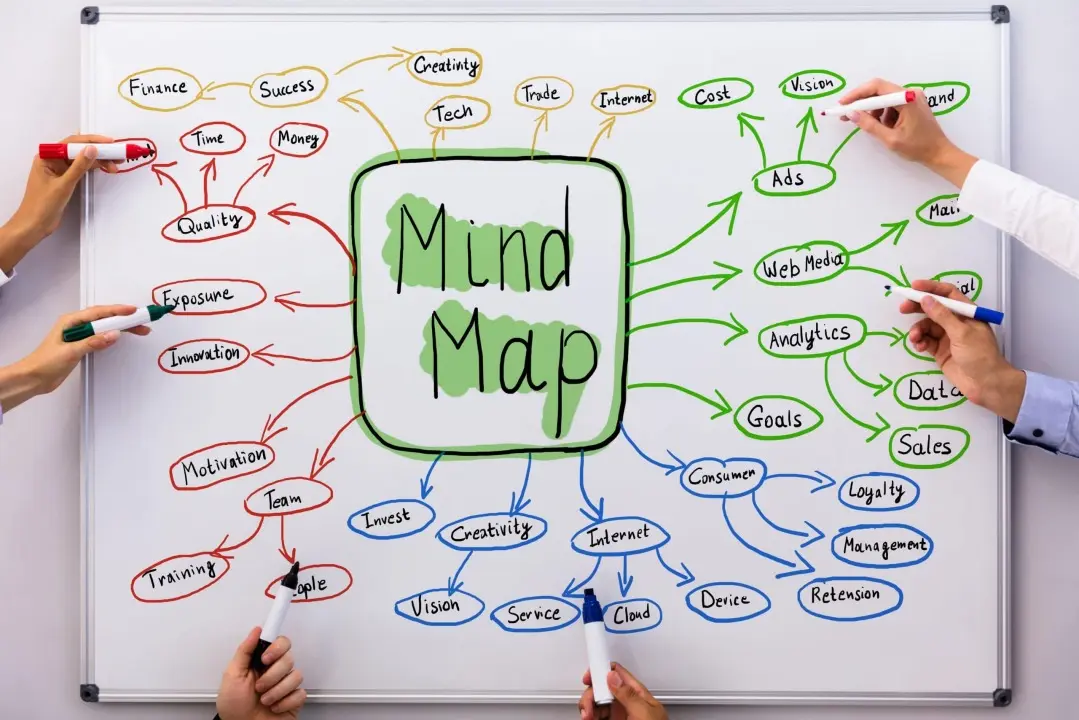

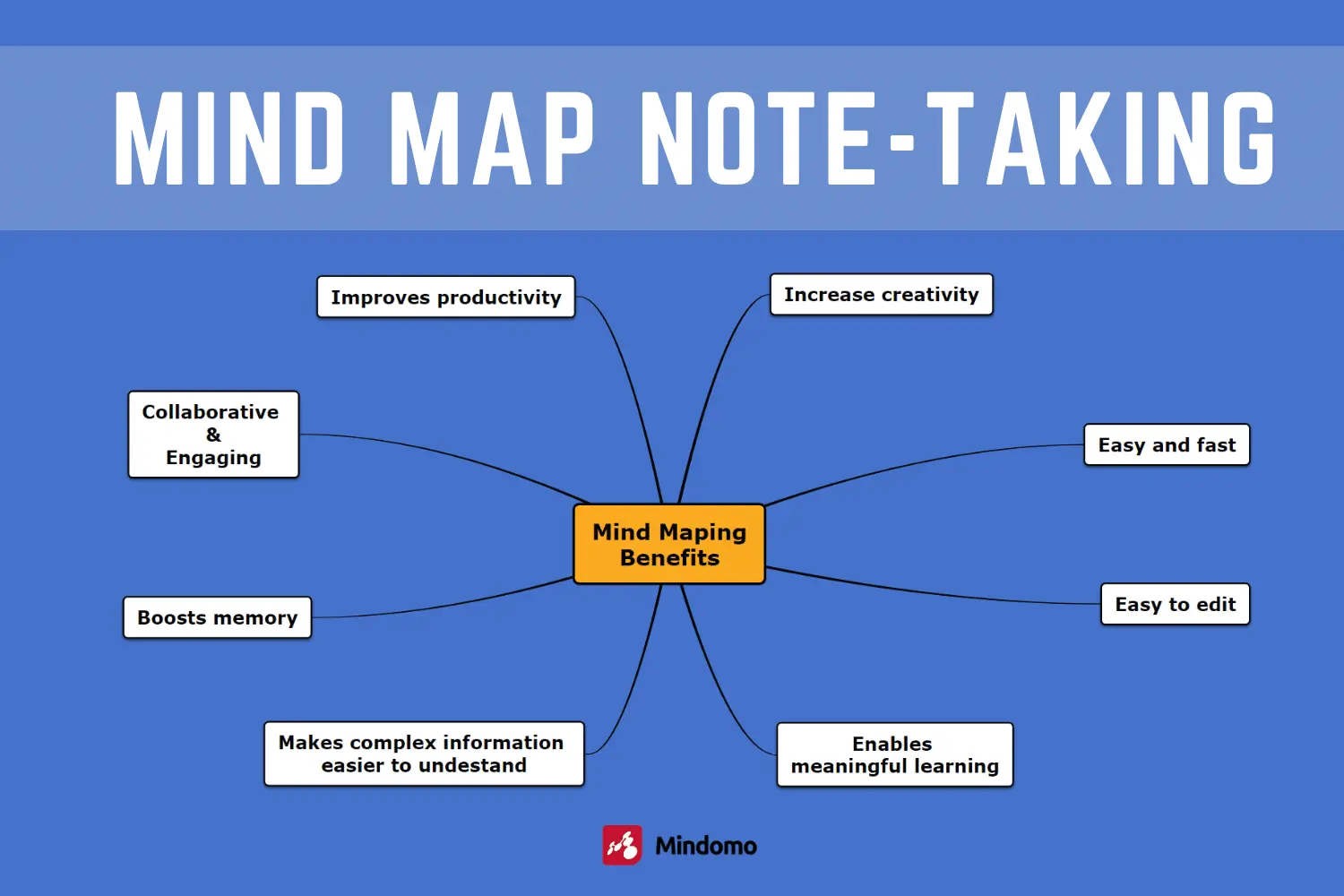
 Image from: collidu
Image from: collidu Image from: mavink.com
Image from: mavink.com Image from: notion
Image from: notion Image from: gitmind
Image from: gitmind Image from: pinterest
Image from: pinterest Image from: mindomo.com
Image from: mindomo.com Image from: goconqr.com
Image from: goconqr.com/prod01/channel_3/media/tcd/disability/academic-support/exam-mind-map.jpg) Image from: tcd.ie
Image from: tcd.ie.pHGuAiTS_ZtVcxn.webp)
